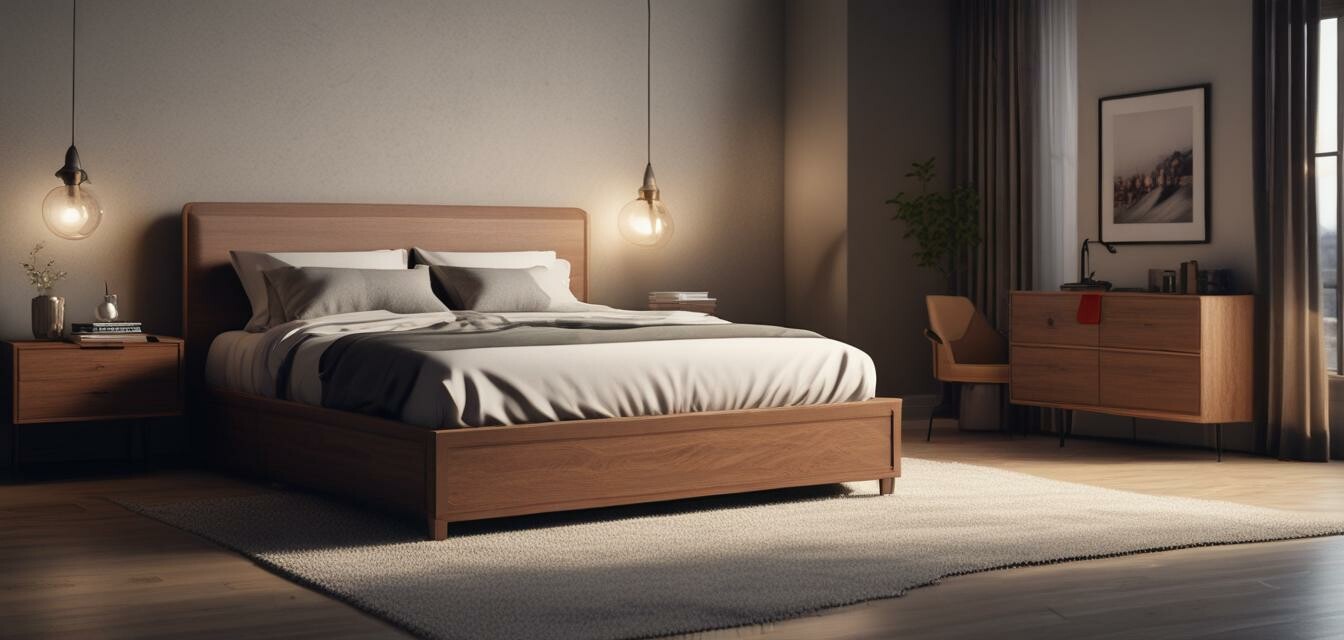
Lift Beds for Special Needs
Key Takeaways
- Lift beds provide increased accessibility for individuals with special needs.
- They are designed to enhance comfort and safety in various living environments.
- Different types of lift beds cater to a range of specific needs.
- Lift beds can be customized to fit individual preferences and requirements.
- Considerations include weight capacity, height adjustment, and additional features.
Lift beds are specially designed beds that cater to individuals with special needs. They offer a variety of features that promote accessibility, safety, and comfort. Whether for personal use or to assist caregivers, lift beds can make a significant difference in the quality of life for users.
What are lift beds?
Lift beds are adjustable beds that can be raised or lowered to suit the user’s needs. They are particularly beneficial for those with mobility issues, as they allow for easier transitions in and out of bed. The mechanism can be manual or electric, providing flexibility depending on the user’s requirements.
Benefits of lift beds
- Enhanced accessibility
- Improved safety
- Customization options
- Support for caregivers
- Space-saving designs
Types of lift beds
There are several types of lift beds available, each designed for specific needs. Below is a breakdown of the most common types:
| Type | Features | Best For |
|---|---|---|
| Adjustable lift beds | Height adjustment, multiple positions | Those needing frequent adjustments |
| Hospital beds | Side rails, wheels, and height adjustment | Patients recovering from surgery |
| Platform lift beds | Sturdy frame, no additional features | Minimalistic designs, low maintenance |
Choosing the right lift bed
When selecting a lift bed, consider the following factors:
- Weight capacity: Ensure the bed can support the user’s weight.
- Height adjustment range: Determine how high or low the bed can adjust.
- Additional features: Look for options like integrated storage, safety rails, or massage functions.
Lift chairs vs. lift beds
While both lift chairs and lift beds provide assistance to individuals with mobility challenges, they serve different purposes. Lift chairs are designed to help users stand up from a seated position, while lift beds focus on aiding users in transitions to and from lying down. Below is a comparison:
| Feature | Lift Chairs | Lift Beds |
|---|---|---|
| Purpose | Assist with standing up | Assist with lying down and getting up |
| Adjustability | Variable reclining positions | Height and angle adjustments |
| Best suited for | Living rooms or lounges | Bedrooms |
Lift beds in practice
Using a lift bed can greatly enhance the daily routine of individuals with special needs. Here’s how:
- Ease of access: Users can easily get in and out of bed without assistance.
- Comfort: The ability to adjust the bed can lead to better rest.
- Safety: Reduces the risk of falls during transitions.
Installation and setup
Setting up a lift bed is generally straightforward, but it’s essential to follow the manufacturer’s instructions. Hiring a professional is advisable if the installation requires adjustments to existing furniture or electrical systems.
Maintenance tips
Beginner's Section
- Regularly check the mechanical parts for wear.
- Clean the bed frame and mattress to prevent dust buildup.
- Ensure that the electrical components are functioning correctly.
Conclusion
Investing in a lift bed can significantly improve the quality of life for individuals with special needs. With various options available, it’s crucial to consider the specific needs of the user before making a purchase. For more information on purchasing options, check our Lift Beds category.
Pros
- Increased independence for users
- Versatile designs for different needs
- Supports caregivers in assisting users
Cons
- Initial cost can be high
- May require space adjustments in the home
Further Reading
Explore more about related products:
Images of Lift Beds
Here are some images of lift beds to help you visualize your options:









